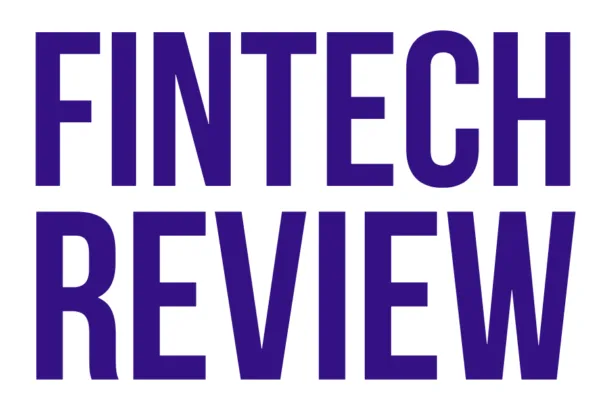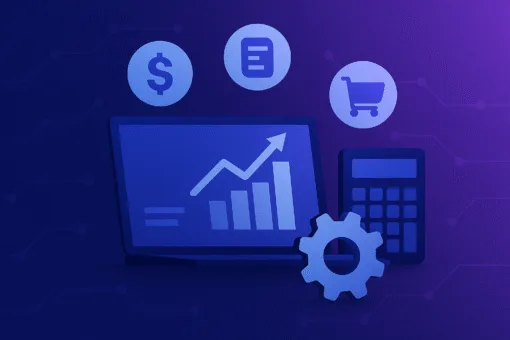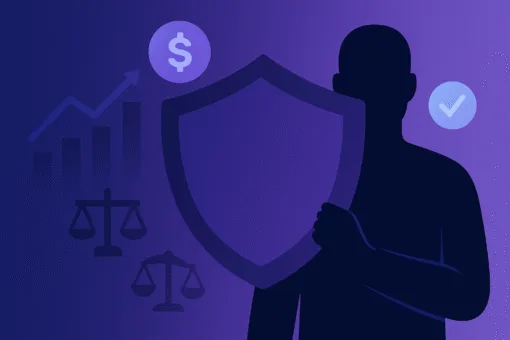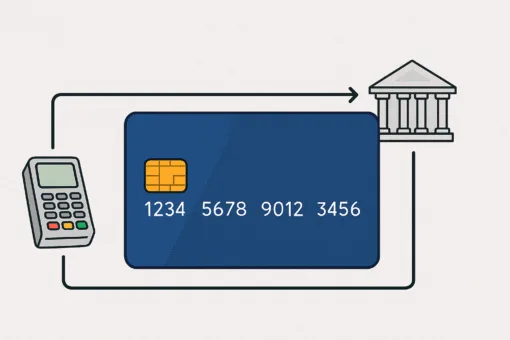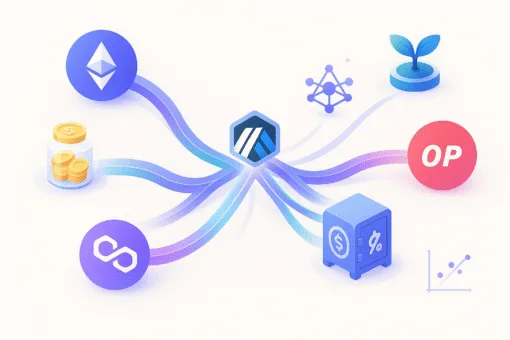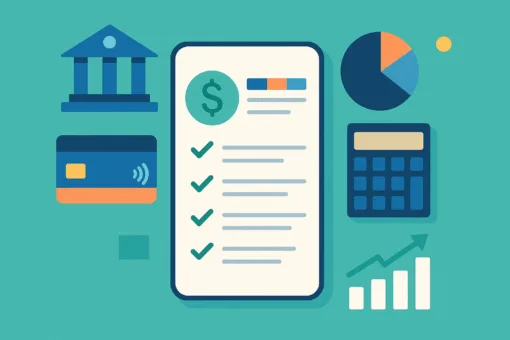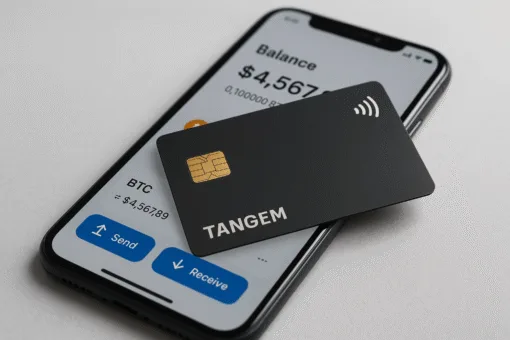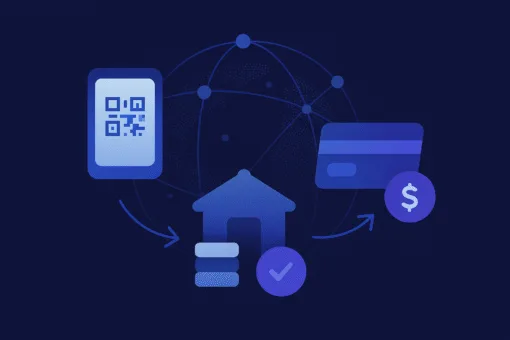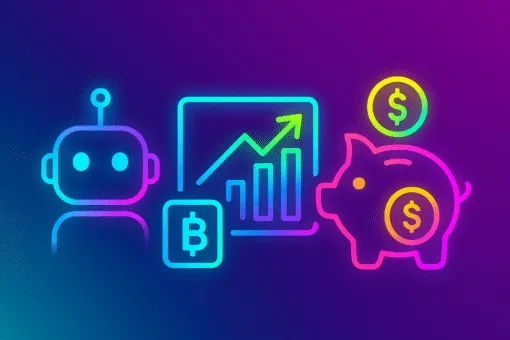This is a guest post by Ugo Juliet, a fintech and SaaS writer who helps businesses reach out to their target audience using content.
For many bank customers, it’s been a long time since they set foot in a banking hall. Yet, they have been performing so many financial services’ transactions, all thanks to the coming of digital banking. With the ability to perform everyday transactions and also enable cashless transactions at a wide range of stores online, digital banking has come to stay.
There are some banks and financial services companies that offer digital-only banking services. While other financial institutions maintain some physical branches while also operating their digital banking platforms. The pandemic last year also led to an increase in digital banking usage, as more than 40% of banking customers have not visited the banking halls for the past 6 months.
So what exactly is digital banking?
This is the automation of a bank’s traditional banking services where the normal brick-and-mortar bank’s operations can be accessed through a computer, tablet or mobile device. Digital banking means that banking services are available and can be accessed online. Many governments around the world are moving into a cashless economy. The authorities are doing all in their power to discourage people from carrying cash around, especially due to security concerns. This has brought more digital banks popping up everywhere.
With digital banking, customers of a bank can easily access the bank’s products and services via online and mobile banking routes. With online banking, you can access your bank’s products and services through the bank’s website. While with mobile banking, you use your bank’s mobile app to access the various features, services and products. However, both methods are some of the features that can be obtained from digital banking.
When did it start?
Digital banking started in the US in the 1990s, when Stanford Federal Credit Union became the first financial institution to give its customers access to its banking services. By 2006, more than 80% of the US banks now give digital banking access to their customers.
However, the history of digital banking can be traced back to the advent of ATMs and ATM cards, which came out during the 1960s. From there, it kept growing and evolved into what we have now.
Today, it has given a lot of people the opportunity to get banking services wherever they may be. As long as they have a secure Wi-Fi network and strong reception on their phones.
Features of digital banking

Digital banking has made life very easy for anyone that engages in it. It has many features that anyone can explore. Here are some of them.
- Online banking. Yes, online banking is a feature of digital banking. With this, anyone can perform all their transactions on the web anywhere, anytime. With online banking, you can transfer funds to anyone 24/7, pay bills, print account statements, view bank transactions, bill payments. You can do all these anytime, m24 hours a day, seven days a week, as long as you have internet access.
- Personal financial planning. Another great feature is the ability it gives banks to help their customers with personal financial planning tools. These include budgeting tools, loan calculators, and taxation tools, all aimed to help their customers get better at their savings and investments. This helps the customer to take their investment needs without the need to physically visit the bank.
- Unified payment system. Unified payment interface (UPI) offers an instant real-time payment system that is possible thanks to digital banking, which facilitates the interbank transaction. This makes it possible for customers to transfer money from one account to another in the same or different banks.
- Digital wallet. It helps people move money around without carrying any physical cash. With just their smartphones, customers can make payments for any purchase anywhere, anytime. Due to digital banking, customers now have access to a digital or virtual wallet they can use and shop.
- Rewards and loyalty programs. Many banks now offer some rewards and loyalty programs to encourage their customers to embrace the digital banking platform. With these programs, the customers earn points from using the bank’s services online as well as that of the partners. Customers can later redeem the points and use them for further purchases.
- Non-internet based banking. The banks have introduced USSD to serve the needs of those in the rural areas where banking services and maybe internet services are not accessible. With this feature, customers can purchase airtime, transfer money and more without the need for the internet.
- Mobile banking. This is a feature where banking transactions can be accessed using a mobile device, like a smartphone or tablet. The bank or financial institutions create user-friendly apps that customers can download and use to access their banking services.
- Automatic bill payment. Another great feature of digital banks is the ability to pay all bills with just a click. Banks now allow their customers to link their bill payments to their bank account, which helps in getting the bill cleared on time. They can also set it up to get reminders ahead of time.
- Secure message alerts. A great feature of digital banking is the secure message alert the banks always send to their customers. This is especially helpful and can be lifesaving to their customers as they receive alerts of the slightest change in their accounts.
- Dedicated remote advisor. Many banks want to make banking seamless for all their customers, and digital banking makes this possible. Through digital banking, banks dedicate a digital relationship manager for all their services at all times. Now, there are even chatbots that handle the customer enquiries just to all aimed at providing 24/7 services to banking customers.
How digital banking can benefit businesses
One of the many concerns of a business is the ability to send and receive money seamlessly among its suppliers and customers. This has been made a lot easier with the advent of digitally-enabled financial services. Now, you can easily transact with anyone across the world through online banking.
It offers businesses the following:
- Convenience. This is one of the best things that can happen to any business. The ability to transfer money to anyone around the world at any time, just with internet access, is a great advantage. The customer will also be able to receive the money at their location easily. Physical banks are limited in terms of location, time, zones, and more, but all that is removed with online banking.
- Ease of banking transaction. Many small business owners do not have the annuity to install complex financial management systems to handle their finances. But with the many features of digital banking, they can easily monitor and track their various business transactions.
- Lower costs. Digital banking is now the most cost-effective way of handling finances in business. With digital banking, customers can take advantage of electronic fund transfers and transfer money on their mobile phone, laptop, tablet or even smartwatches. This greatly reduces the cost of financial transactions for businesses around the world.
- Enhanced security. many people are concerned about the security of their financial data, which has made many businesses step up their security features to stop data breaches. Banks and other financial institutions take the lead as they are one of the most secured entities worldwide. They also extended this security to their digital banking platform, and this makes it very secure for many business owners.
- Environmental friendly. Businesses are continuously under pressure to cut down on their carbon emission due to the risk to the environment. With digital banking, banks are now at the forefront of being an environmentally friendly body. This is because digital banking encourages cashless and paperless transactions, thereby saving trees.
Many wonders…
These are some wonders of digital banking. Technology has changed the way businesses move and hold money. The same thing happened to us as individuals, as it has made our financial transactions with each other a lot easier. And it can only get better. According to Statista, as many as 2.5 billion people worldwide are expected to embrace digital banking by 2024.
Apart from its many advantages, it has some drawbacks. First is the downtime. If you rely totally on digital banking, what will you do when there is a website downtime on the bank’s site or the app crashes? That’s why you should always have a branch to visit during these times.
Again, using digital banking is quite a learning curve for those who are not tech-savvy. It might become a bit too much for them to learn and put into practice. And then, there is the issue of security. The chance that your digital banking details can be hacked is always there. But the banks take various measures to make their platform secure and that your funds with them are safe.
However, the pros far outweigh the cons for individuals and businesses. And so a lot more people are embracing digital banking and using it as the preferred method of handling, storing and moving money.
Conclusion
As technology continues to evolve, most of life’s mundane tasks get easier, more convenient and less effortless. Whether you want to buy groceries, pay some bills, or get an online course, everything can now be done with a click of the mouse. Digital banking has truly revolutionised the way we use money and make our lives a lot easier.
About the author
Ugo Juliet is a freelance B2B SaaS writer for hire specializing in helping businesses convey their most important ideas to their customers. She does this through providing content for blog posts, white papers, articles, landing page copy, case studies and web content for online businesses. You can reach Ugo Juliet via ugojules@gmail.com
